For now, augmented reality (AR) is still largely a novelty -- AR's newness alone contributes to its ability to surpass print, online, and television advertisements in terms of shock-factor. As The Drum reports, AR can capture people’s attention for over 85 seconds, increase interaction rates by 20 percent, and improve click-through rates to purchase by 33 percent.
Right now, people will stop and look at AR-inspired experiences, regardless of the campaign's overall quality. But as more companies incorporate AR into their marketing strategies, and as AR technology becomes more ubiquitous, you’ll need to produce more thoughtful campaigns to impress your audience. Eventually, AR will become mainstream, and its prevalence in the industry will make it harder to compete.Tim Cook, Apple’s CEO, has said that AR will one day be as important in our everyday lives as “eating three meals a day.” So, the question is -- how can your marketing strategy effectively capture an audience’s attention, once AR has become commonplace?
Here, we’ll look at eight companies that use AR in innovative and inspiring ways. These examples should be all the inspiration you need to brainstorm and execute a brilliant long-term AR marketing strategy.
Augmented Reality Examples
Augmented Reality for Product Marketing
1. Home Depot
Decorating a home isn’t easy -- how do you know if you’ll actually like the yellow paint that looks beautiful online, but might be too bright in your bathroom? What if that coffee table doesn’t fit in your living room like you’d hoped?
In 2015, Home Depot released their Project Color app, which uses patent technology to show users what a paint color will look like in their home. The AR technology takes into account lighting, objects, and shadows in the room, so you can see how that yellow shade will look in real life. If you don’t trust your own judgment, you can also share images from the app on social media, to get a friend’s opinion.
In 2017, Home Depot took it a step further -- now, you can also use their app to check out how objects like patio furniture, faucets, and other products look in your home.
Home Depot isn’t the only home furniture store to use AR to create value for their users -- Lowe’s and Ikea have similar AR technology built into their apps.
2. Timberland
If you’re anything like me, the idea of trying on items in the dressing room can sometimes deter you from shopping at all. More than once, I’ve said, “I’ll buy it, try it on at home, and return it if I don’t like it,” just to avoid the hassle of carrying a pile of clothes into a dressing room line.
In the interest of convenience and comfortability, Timberland created a virtual fitting room in Moktow Gallery in 2014. Using Kinect motion sensing technology, Timberland’s virtual fitting room allowed shoppers to see an image of their face, and a similarly-sized model body, in different outfits.
If you’re going to use AR, you’ll want to brainstorm unique ways to help your customers avoid an otherwise burdensome process. While fitting rooms might not be the end of the world (first-world problems?), Timberland stands out as a helpful brand by offering customers a fun and useful alternative.
3. Sephora
There’s a reason many women don’t buy makeup products online -- it’s impossible to know if you’ll like the lip color or foundation coverage if you don’t try it on, in-store.
Sephora understands this struggle, and created an augmented reality experience, Virtual Artist App, with ModiFace to ensure Sephora app users can see how makeup products will look on their face via their phone’s camera. Users can also find out which tools or products they’ll need to apply certain products.
Additionally, Modiface’s augmented reality technology can show users the effects of months of skincare on their skin -- a visual they won’t find in-store.
Bridget Dolan, Sephora’s head of innovation, appreciates the necessity of a long-term AR strategy. “When it comes to augmented and virtual reality, it can only be successful if it’s truly useful,” Bridget told Glossy. “We weren’t interested in just buzzy. A lot of things like technical accuracy and timing had to come together, and there was a time last year when, during testing, we hit a tipping point.”
Sephora’s use of augmented reality isn’t just helpful for users -- it also drives sales by appealing to Sephora’s more tech-savvy consumers, and encouraging those consumers to become brand ambassadors by recording and sharing their augmented reality experiences online.
4. AMC Theaters
Delivering a message when and where your audience wants to receive it is a critical component of a successful marketing strategy. This is especially true when it comes to AR.
AMC Theaters, understanding their audience is most interested in upcoming movie trailers when they’re at the movies, incorporated AR technology into their AMC app. When a user sees a movie poster in a theatre, they can open the AMC app on their phone, scan the poster, and receive relevant information, including a cast list and a trailer.
If they’re interested in the movie after scanning, they can also purchase a ticket immediately, within the app.
Ultimately, AMC Theatres is providing optimal convenience with their use of AR -- while a user can YouTube a trailer or Google a review, there’s an added incentive to check the movie out and purchase a ticket when the user can do it all in one place.
5. Taco Bell
There are two big reasons you’d visit a Taco Bell in 2012 -- to try their new Doritos taco shell, or to play with their augmented-reality packaging.
Taco Bell placed an AR feature on each Locos Tacos box and soda cup for their Doritos shell campaign. When a user scanned the box with the Taco Bell app, they could see product-related Twitter and Facebook content on their phones.
By connecting their users with live social media content, Taco Bell successfully used AR to cultivate a stronger sense of community. They also showcased their brand as a major player in innovation, particularly in the fast-food industry.
6. StubHub
Augmented reality enables you to both visualize and interact with a space -- two critical functions when choosing how much you’re willing to pay for a stadium seat.
For Super Bowl LII, StubHub introduced an AR feature on their mobile app that allowed ticket buyers to see a virtual 3D model of the U.S. Bank Stadium, as well as nearby parking garages and concession stands. This enabled potential buyers to visualize their full experience before purchasing, and minimized the risk of paying for a subpar seat.
StubHub’s reliance on AR solved for a common customer problem -- as StubHub CTO Matt Swann points out, "We’re solving for real pain points, not just tech for the sake of tech. For a lot of people, it's not an event you just show up for, it's kind of a bucket list item."
Particularly for out-of-towners, the ability to virtually compare different seat locations adds a level of comfort for hesitant buyers.
Back in 2016, the company also introduced a “virtual view” option on their app, letting ticket buyers preview their view from their seats before purchasing. The results were tremendous -- StubHub saw app engagement more than double within one year.
AR and Experiential Marketing
7. Netflix
To market season two of the Netflix original series Stranger Things, the streaming company launched a series of AR/VR lenses on Snapchat. With the lens shown in the video below, users could record videos of themselves walking through one of the houses seen in the show, as monsters called Demigorgons pop out of the wall.
Aside from this lens, which is incredibly immersive for a mobile app, Netflix has also leveraged AR filters to promote its content. The video below highlights just a few that were featured on apps like Facebook and Snapchat.
8. Pepsi
In 2014, Pepsi installed AR technology in a London bus shelter, making it appear as if a lion, UFOs, flying saucers, and other objects were headed straight for Londoners.
The production showcased Pepsi’s playful personality and provided the audience with an exceptional experience. Afterwards, a video of the bus shelter’s AR technology attracted over six million views on YouTube -- making it one of YouTube’s most viewed advertising campaigns.
Pepsi’s campaign highlights the effectiveness of AR when a company truly knows their audience. Pepsi didn’t need to use AR to advertise their products -- instead, they trusted their consumers to appreciate the surreal experience and naturally share the story with friends, creating buzz around their brand as a result.
The State of AR in Marketing
While a number of brands still can't access AR quite yet, marketers can still take a note from how these brands creatively implemented a new technology into their content marketing strategies.
Ultimately, as the media landscape changes and technology gets more advanced, marketers at business of different sizes might have more opportunities to implement technology. And, when they do, they'll need to think creatively and innovatively about how they invest in it.
To learn more about AR in marketing, check out this ultimate guide. If you want to dive deeper into virtual reality, you might enjoy this list of examples.
from Marketing https://ift.tt/2mZ6Doo
via
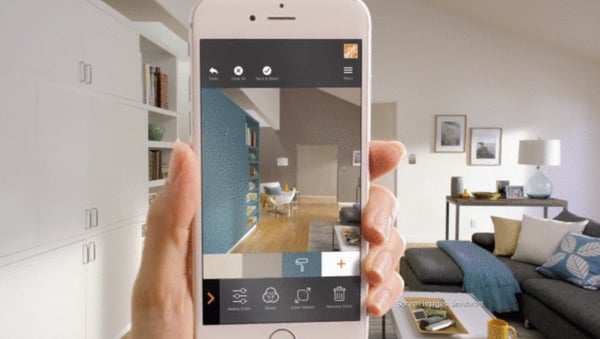
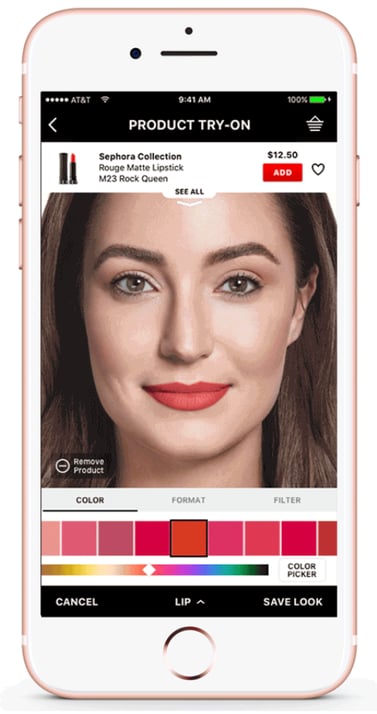
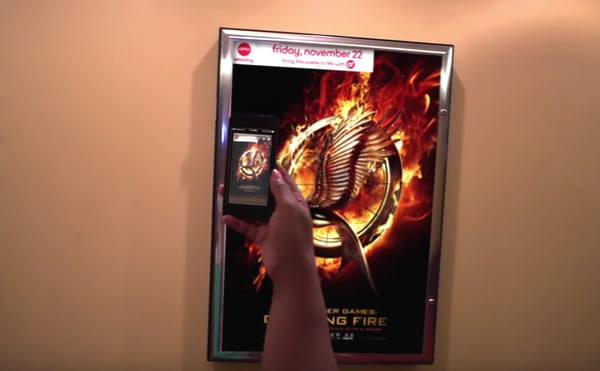
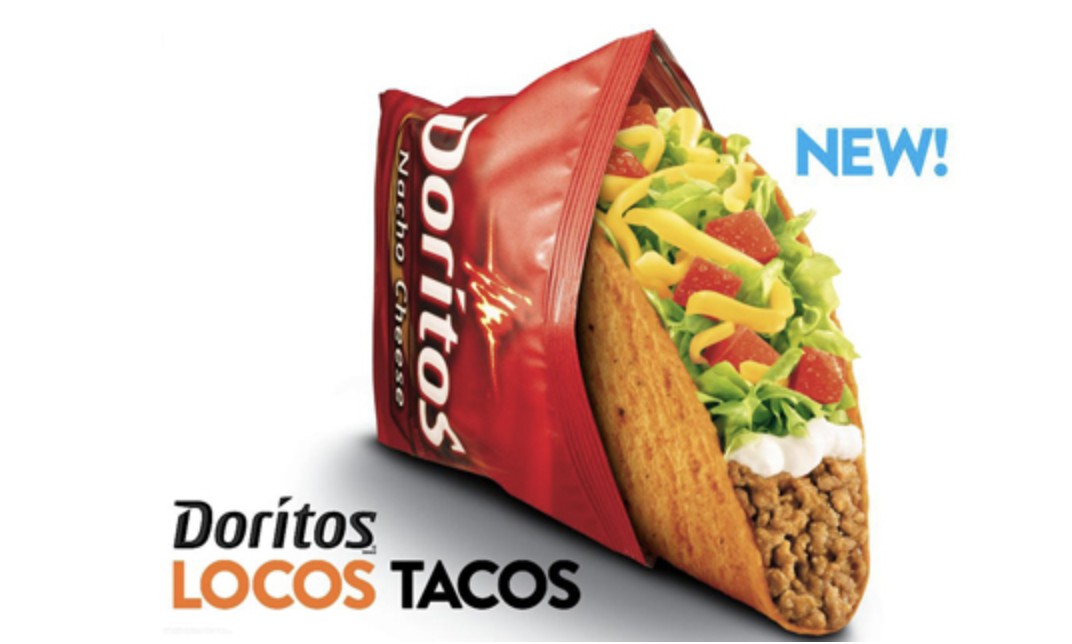
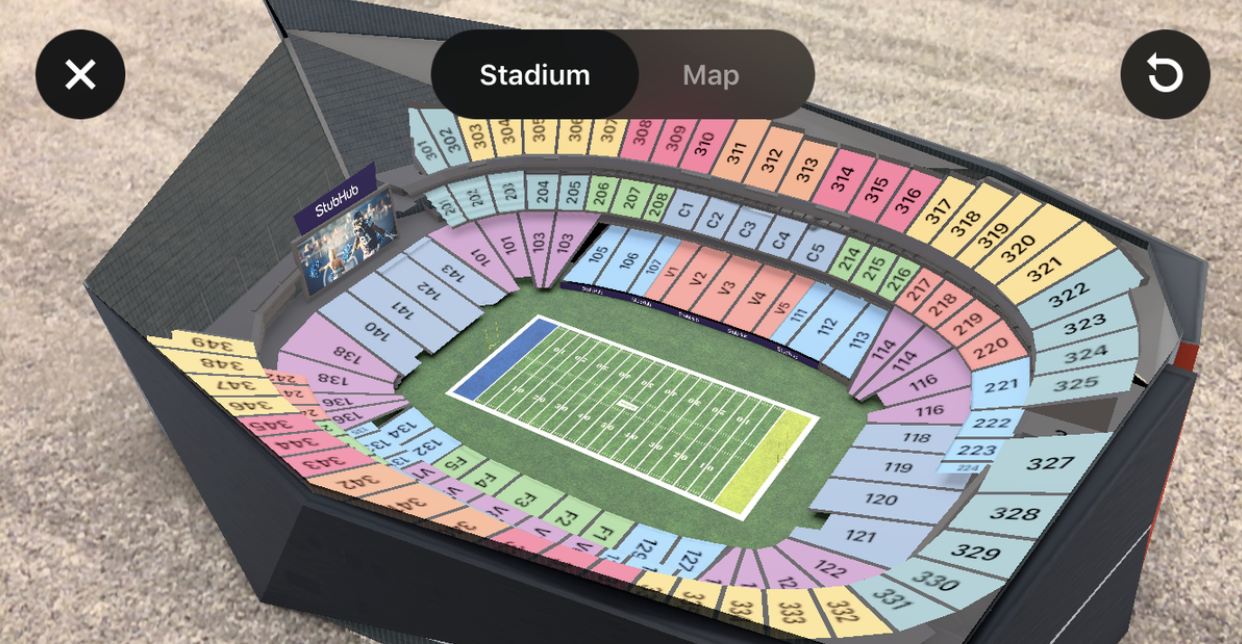
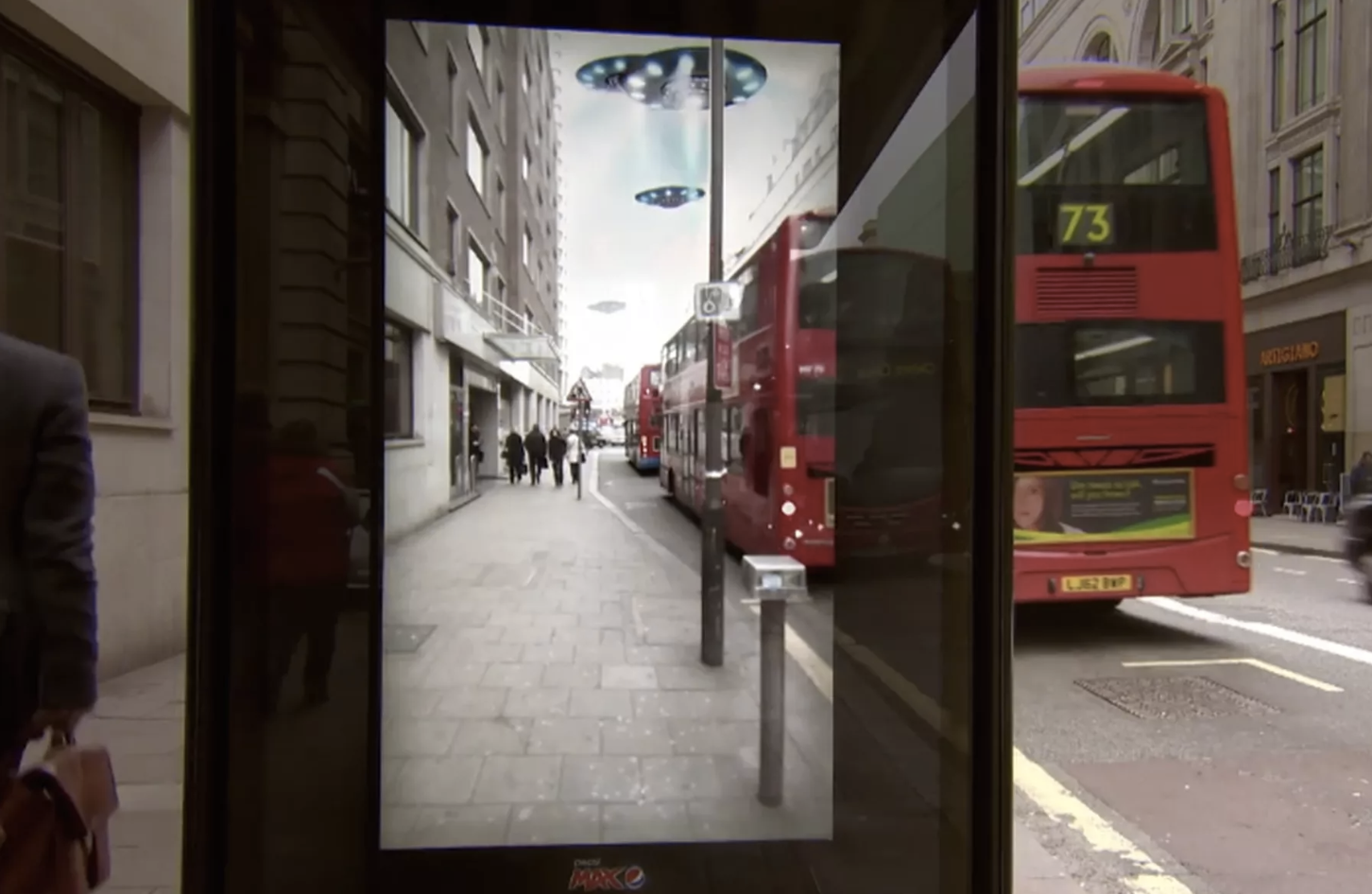
No comments:
Post a Comment